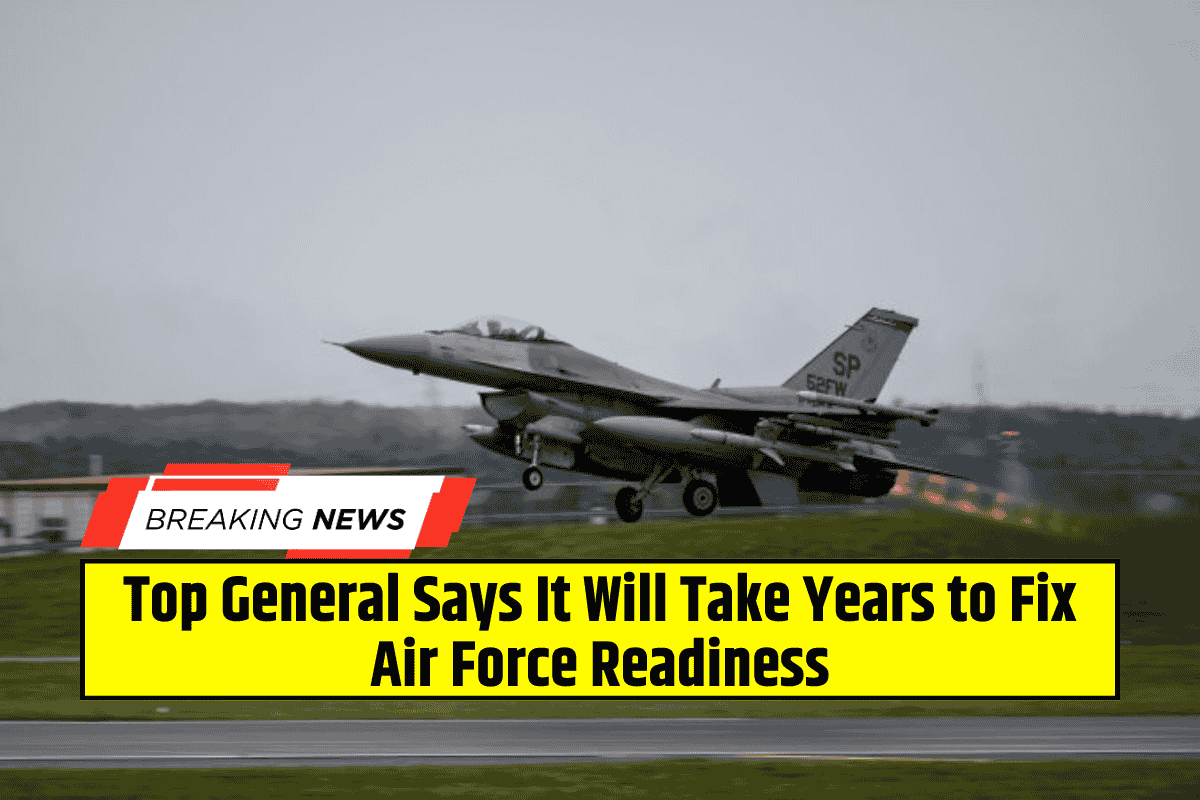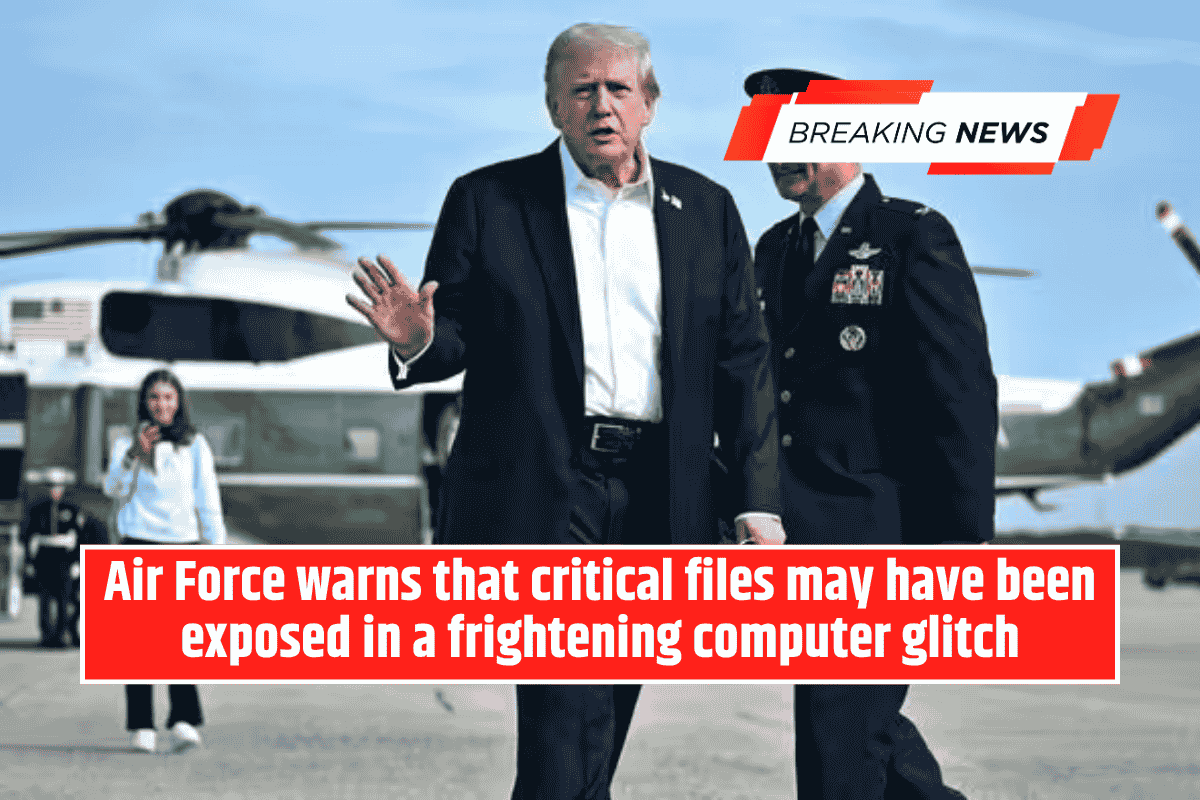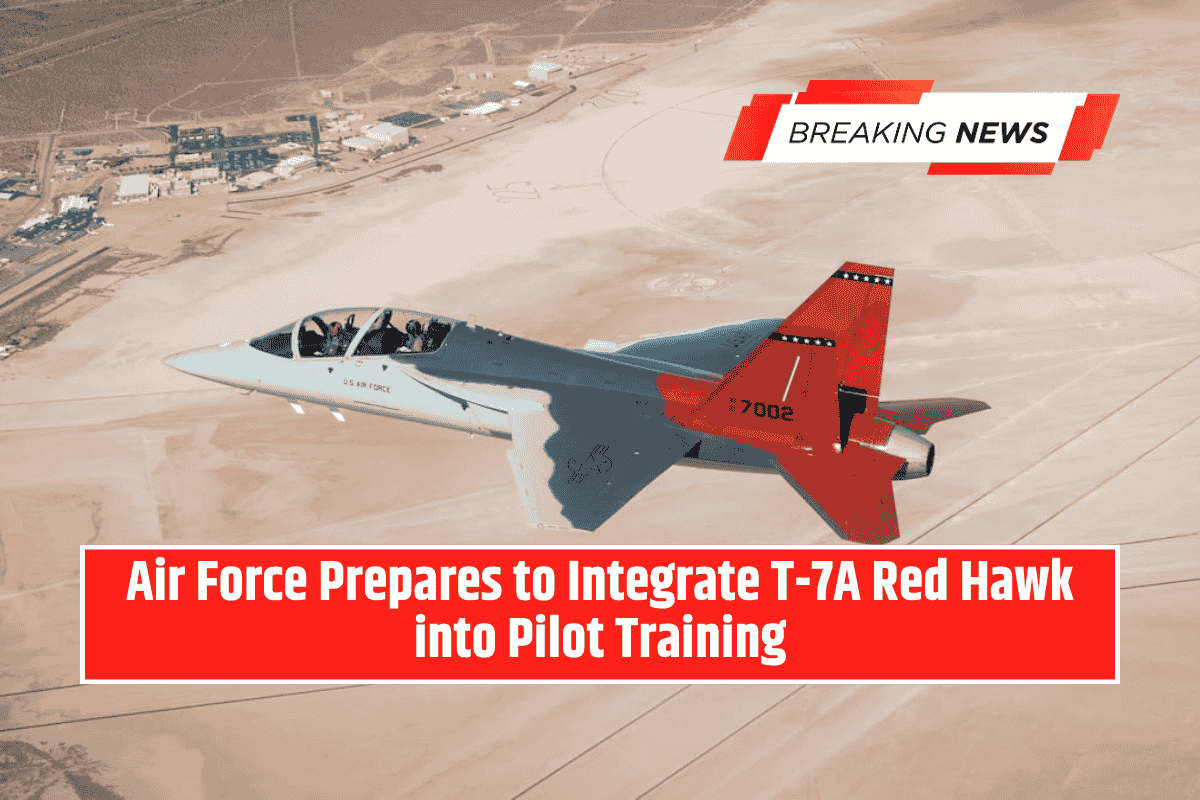New Air Force Secretary Troy E. Meink has made restoring readiness a top priority, but leaders say it will take years to see results. Maj. Gen. John M. Klein Jr. explained that even if funding for spare parts and maintenance surged tomorrow, it could take two years for contractors to meet demand—and some critical parts are no longer even produced.
Beyond equipment, training seasoned maintainers takes five to seven years, further delaying readiness improvements.
Flying Hours and Pilot Proficiency
A central concern is flying hours. In the 1980s, U.S. fighter pilots averaged 200–350 hours per year, with less than 150 hours considered insufficient for combat. Today, pilots average under 120 hours, below the Air Force’s own minimum requirement of 100–110 hours.
In comparison, Chinese pilots average around 200 hours, while operating a modernized fleet of fourth- and fifth-generation aircraft.
China’s Growing Air Capacity
Experts warned that China’s People’s Liberation Army Air Force has the ability to sortie 1,100 aircraft over Taiwan without refueling. Nearly a quarter of America’s fighter fleet is stealth-capable, but this advantage came largely by retiring older fighters rather than expanding overall numbers.
John Venable, a retired colonel, cautioned that relying on future development programs is not enough to deter adversaries. Instead, visible, combat-ready capabilities are needed now to dissuade leaders like Xi Jinping and Vladimir Putin.
No Sanctuary in Conflict
Leaders at the conference emphasized the importance of denying adversaries any “sanctuary.” Maj. Gen. Parker Wright warned that safe zones allow enemies to regroup and plan.
Retired Lt. Gen. David Deptula went further, saying China must understand its mainland would be at risk in any conflict with the U.S.
Air Superiority Lessons from Ukraine and Israel
The Russia–Ukraine war, where neither side secured air superiority, has devolved into stalemate and attrition warfare. U.S. officials argue this demonstrates the dangers of parity rather than superiority.
In contrast, Israel’s 12-Day War with Iran showed the power of synchronized air campaigns, which enabled follow-on strategic operations, including raids on nuclear facilities.
The Imperative for the U.S.
Officials stressed that American dominance of the skies can no longer be taken for granted. Maj. Gen. William Betts noted that the Ukraine war proves air superiority is not “manifest destiny” but something the U.S. must continue to fight for.
Restoring readiness, they argued, requires investment in spare parts, training, flying hours, and fleet capacity—all at once—to maintain the edge against rising adversaries.








